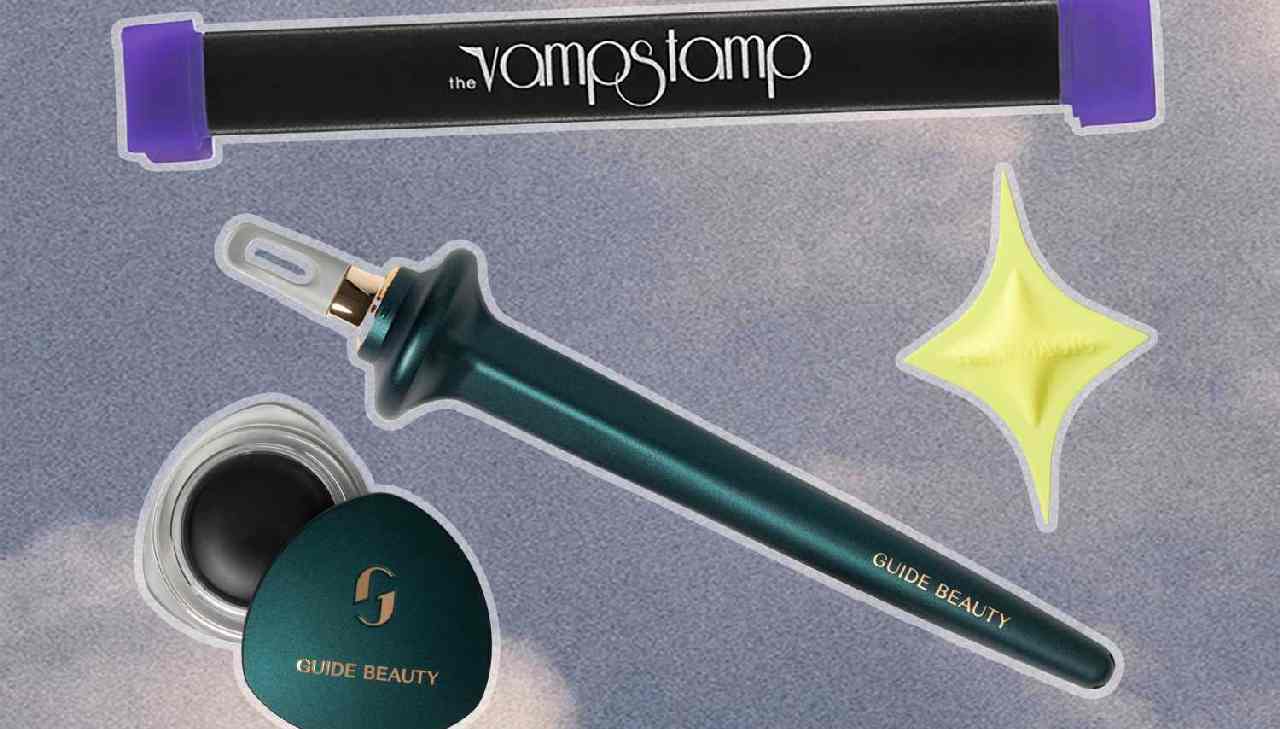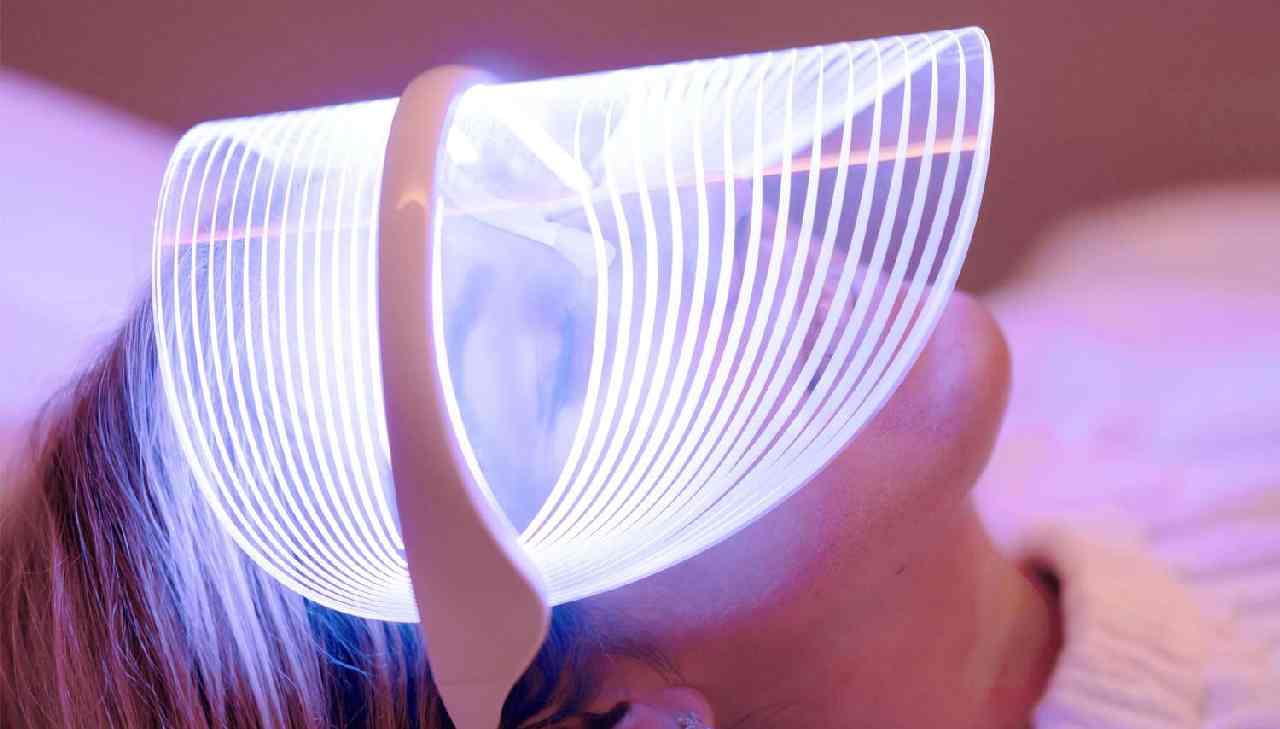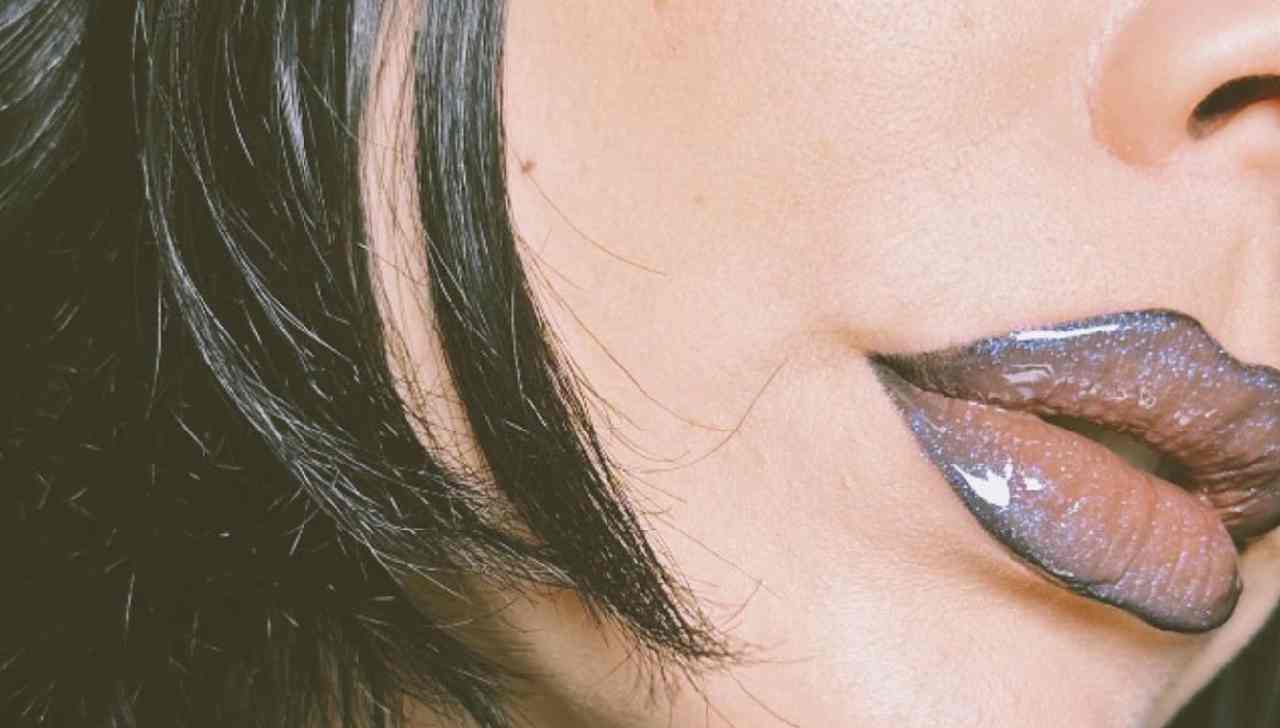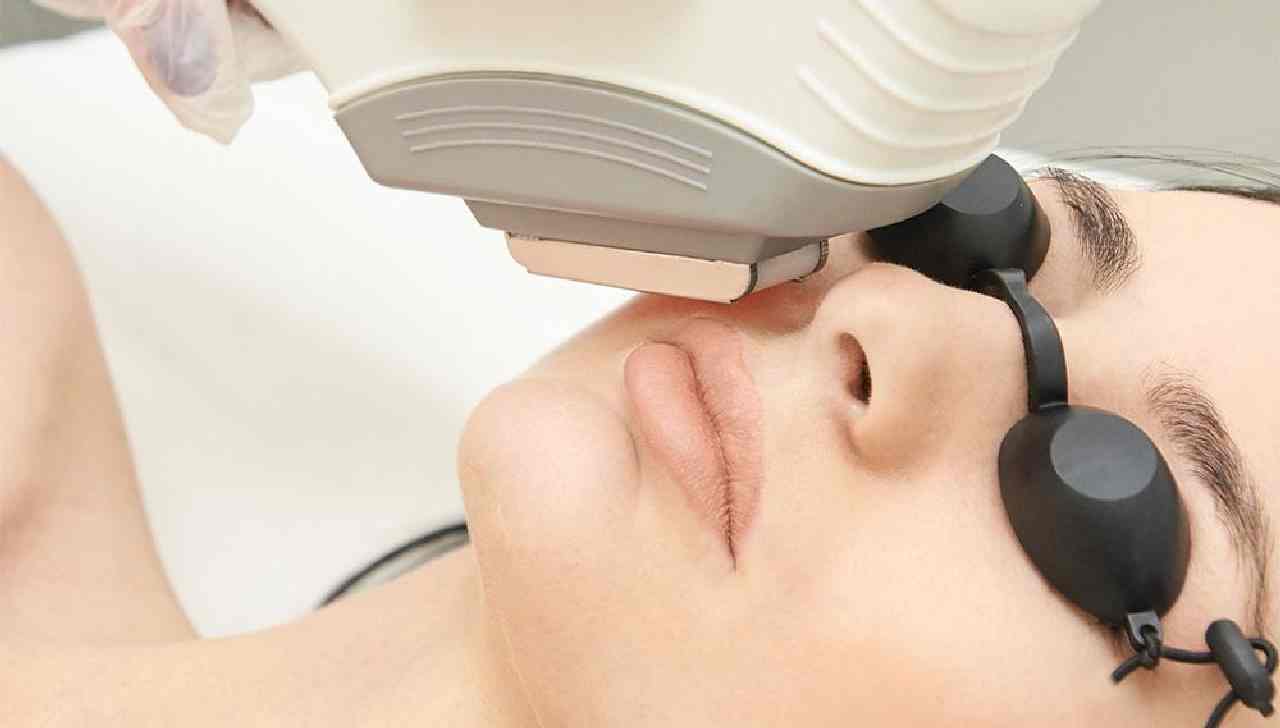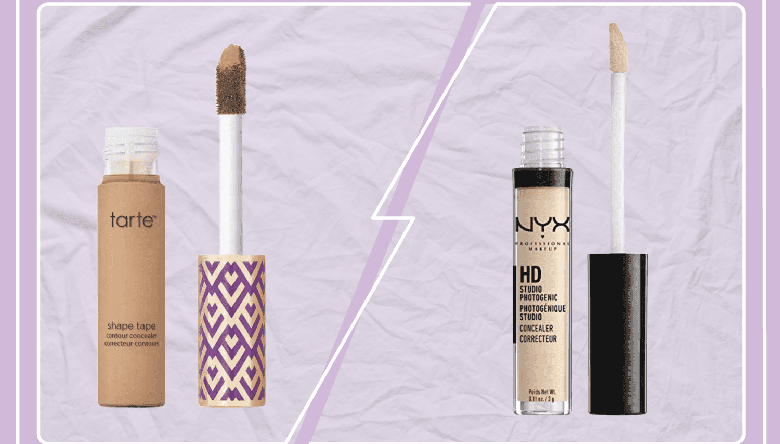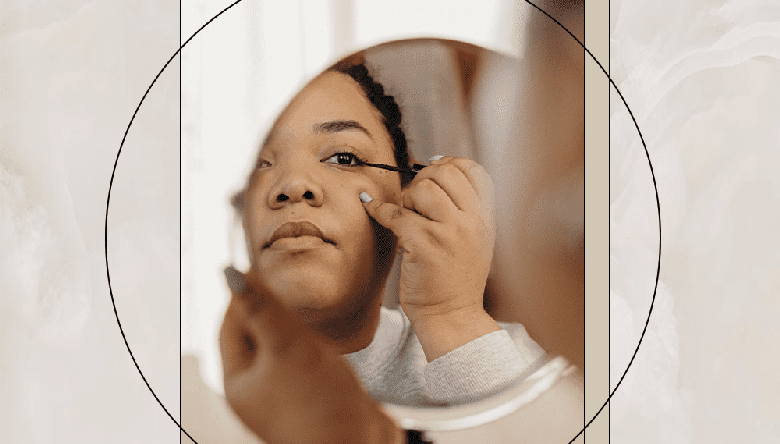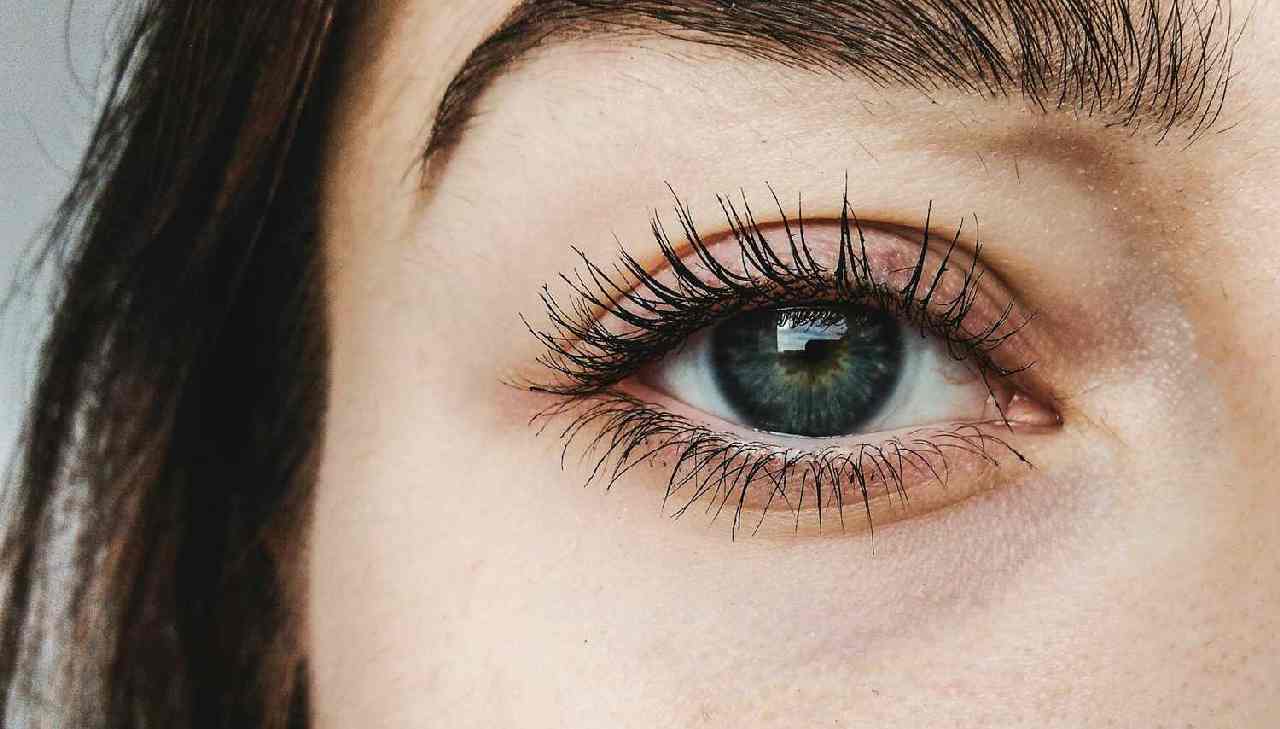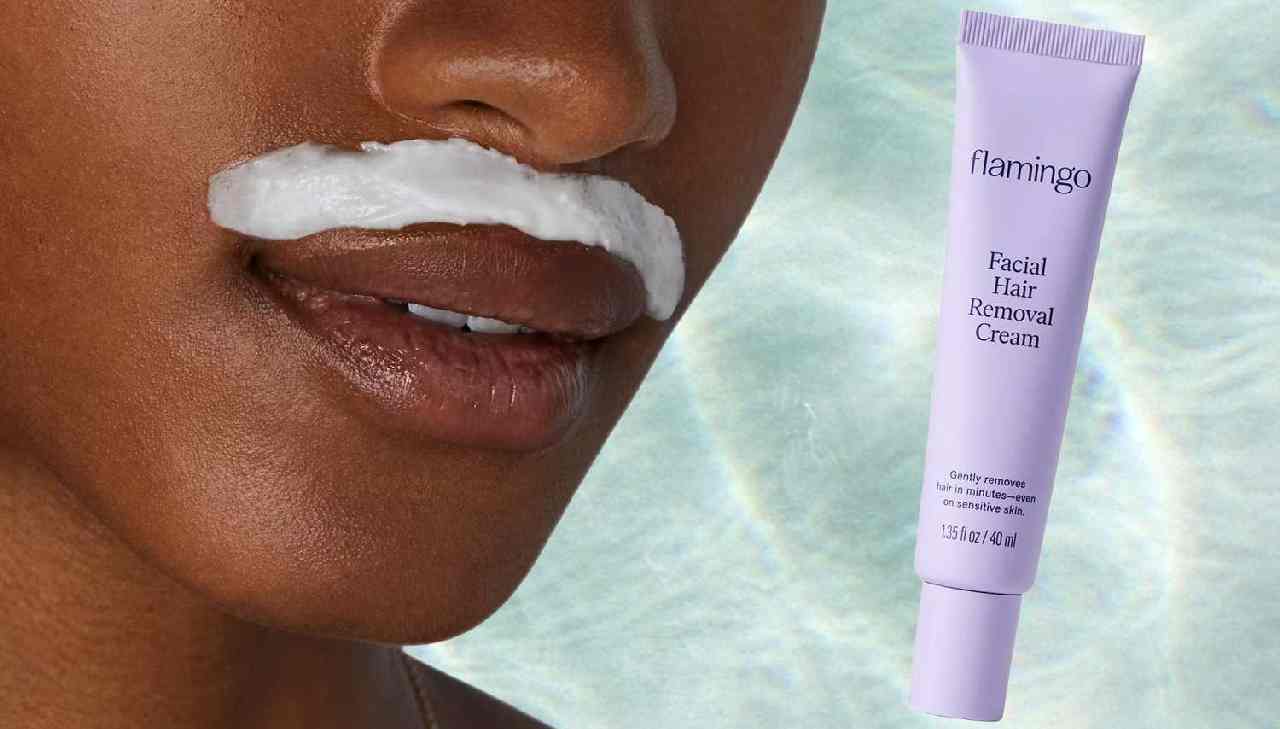Permanent Hair Removal: Not Guaranteed

Hair is a normal part of our bodies, but for those who seek to rid it, you’re not short on options. Between waxing, shaving, sugaring, laser, electrolysis, and IPL (phew), we’re often stuck facing a sea of methods to choose from. And to be honest, it can get real confusing, real fast. Whether you’re a shaver or waxer looking for a more permanent solution or you’re a die-hard laser hair removal or electrolysis fan, we’re breaking down the methods of hair removal that are known to last longer than your usual shave. To get some intel, we consulted with three industry experts, Hamish McNair of Candela Medical, celebrity esthetician Lisa Giudi of SKEN by Erase Spa, and celebrity esthetician and author JoElle Lee. (Plus, our pro’s are also speaking to permanent hair removal at home.)
Read on to learn if permanent hair removal is really possible and the best treatments for smoother skin, from laser to electrolysis.
Is Permanent Hair Removal Possible?
Unfortunately, permanent hair removal—whether it be on the face or body—isn’t really possible (sorry, folks). According McNair, there’s no one method that’ll remove all unwanted hair permanently. “Rather, the correct term is ‘permanent hair reduction,” he says. “The majority of hair growth is driven by hormones, so if the balance of hormones changes, this can lead to stimulation of hair follicles resulting, in new hair growth.” That said, things like electrolysis, laser hair removal, and IPL are the next best solutions to achieving smooth, ‘semi-permanent’ hair-free skin.
Types of Long-Term Hair Removal
Below, find out everything you need to know about long-term hair removal methods: electrolysis, laser hair removal, and IPL.
Electrolysis
“Electrolysis uses a fine needle and an electrical current to heat up individual hair follicles,” explains McNair. “This can be a time-consuming procedure as each follicle is treated individually, but electrolysis is particularly effective on individual grey hairs.” The Food and Drug Administration considers electrolysis a permanent hair removal method because it has the best overall results. This means electrolysis can get rid of hair for long periods of time or even a lifetime. However, it’s important to note that electrolysis doesn’t give everyone these permanent results. You won’t know exactly how it will work for you in a specific area of your body until you try it. Still, if your goal is to never see hair in your target area ever again, this may be your best bet.
In terms of ouch-factor, Giudi notes that “Electrolysis is known for being more painful than traditional laser hair removal. The side effects of redness and tenderness are usually just temporary, but are common.” Electrolysis does require multiple sessions, which can get pricey depending on the electrologist’s prices and the size of the zone. On the bright side, it doesn’t require a certain hair color or skin tone for effectiveness (like laser hair removal).
Laser Hair Removal
“Laser technology uses a single wavelength (color) of light which can be used to match the single chromophore and generally would treat just one condition or skin type,” explains McNair. While it’s a safe option for most people, those with light skin and blonde hair might not see the best (if any) results. According to Lee, darker skin tones or people of color can have effective laser hair removal or reduction results with the 1064 YAG laser.
While some laser centers market the idea of permanent hair removal after a certain number of visits, it’s important to understand that there is no laser hair removal equipment that has been approved by the FDA for permanent hair removal. What they have approved, though, is laser hair removal machines for permanent hair reduction because they’re effective after consistent, multiple treatments. “Results are always based on the consistency of your appointments,” notes Giudi. “If you stop after two or three sessions, you will only have results for a short duration.”
Hair growing back at some point is still possible—whether it’s a reduced amount, a finer version, or a combination of both. “For lighter skin colors, an average of 80% reduction in hair can be achieved with high quality systems after four sessions,” says McNair. “Following a full course of treatments, the results can last for many years, and regrowth is only seen if, for example, the hormone balance changes.”
If you’re pregnant, breastfeeding, on Accutane, have been exposed to the sun, or have other medical conditions, you may not be a candidate for laser hair removal.
IPL
:max_bytes(150000):strip_icc()/GettyImages-655366578-e0cbf964dd28401ab50d44cbcf11e203.jpg)
Also known as intense pulsed light, IPL uses a high-powered controlled handpiece to deliver an intense, visible, broad-spectrum pulse of light. When using electrolysis or light-based systems—such as laser or IPL—McNair points out that these methods only affect the anagen phase of hair growth (the active growth cycle). “This is why it is necessary to have a series of treatments to permanently reduce the hair growth,” he says. “Different parts of the body have a different percentage of anagen hair.” As such, the time between treatments are shorter—four to six weeks for underarms and bikini, and eight to 12 weeks for other areas.
Giudi explains that the ideal IPL candidate is traditionally someone with light skin and dark hair. Side effects can range from redness to swelling, and more rarely, pigmentation and scarring.
What About at-Home Hair Removal Options?
There are plenty of gadgets, machines, and treatments promising permanent hair removal. But according to Giudi, the results can differ from treatments done by a professional. “While most at-home IPL devices are considered safe, they are not nearly as powerful as in-office treatments,” she says. “I would not recommend trying either at home, as these treatments are always best to be done by professionals.” Both McNair and Giudi recommend that if you’re in the middle of treatments and are unable to finish them for whatever reason, shaving is the best option before you can resume again.
Article Sources
Byrdie takes every opportunity to use high-quality sources, including peer-reviewed studies, to support the facts within our articles. Read our editorial guidelines to learn more about how we keep our content accurate, reliable and trustworthy.
-
U.S. Food and Drug Administration. Removing hair safely. Updated June 30, 2010.
-
Załęska I, Atta-Motte M. Aspects of diode laser (805 nm) hair removal safety in a mixed-race group of patients. J Lasers Med Sci. 2019;10(2):146-152. doi:10.15171/jlms.2019.23
-
American Society for Dermatologic Surgery. Laser/light therapy for unwanted hair.


 English
English 



































